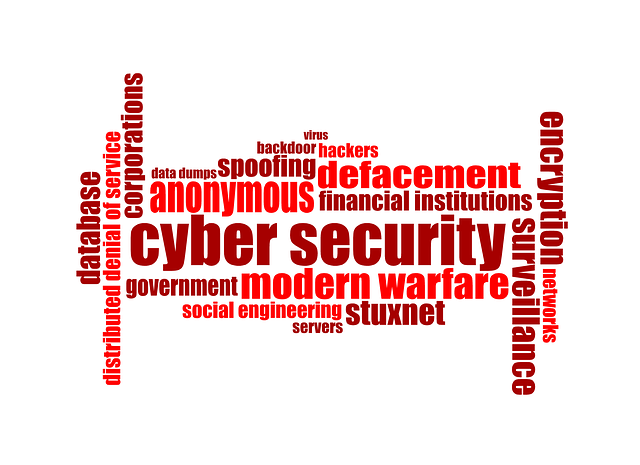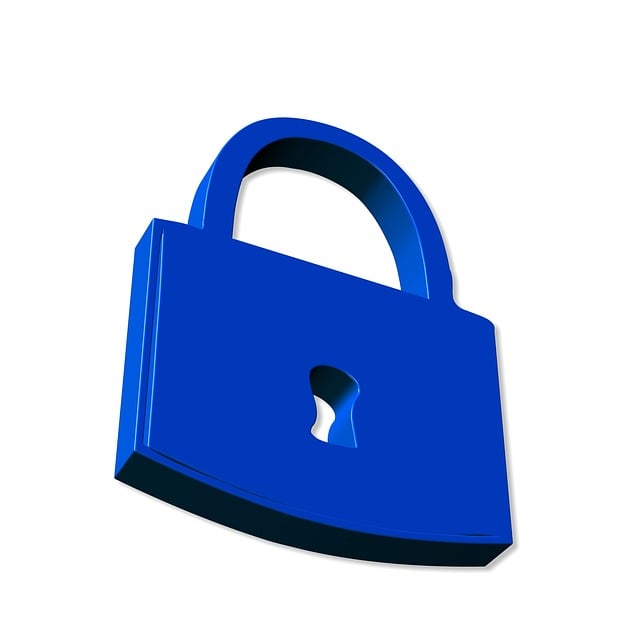Data exposure risks in check practices require proactive privacy-friendly measures to counter digital vulnerabilities and cyberattacks. Throughout the check lifecycle, implement secure printing, encryption, access controls, regular protocol updates, and staff training. Minimize data collection, adopt robust encryption, establish retention policies, conduct security audits, and educate employees for effective data protection. Regularly update security measures, stay informed about cybersecurity trends, and comply with regulations to maintain a strong privacy-friendly check practice framework.
In today’s digital age, securing data is paramount, especially within financial processes. This article guides you through essential steps to limit data exposure in checks, a critical aspect of privacy-friendly check practices. From understanding the risks to implementing robust security measures like encryption and regular audits, these strategies ensure sensitive information remains protected. Learn how secure storage, access controls, and updated security protocols are game-changers in safeguarding your organization’s financial data.
- Understand Data Exposure Risks in Checks
- Implement Privacy-Friendly Data Handling
- Secure Storage and Access Controls
- Encrypt Sensitive Check Information
- Regularly Audit and Update Security Measures
Understand Data Exposure Risks in Checks

Understanding data exposure risks is a critical step in adopting privacy-friendly check practices. Checks, which serve as financial transactions or records, carry sensitive information about individuals and businesses. This includes personal details like names, addresses, account numbers, and even transaction histories. With digitalization, these checks are increasingly processed electronically, making them vulnerable to cyberattacks and unauthorized access. Malicious actors can exploit security flaws in check processing systems to steal identities, commit fraud, or gain illicit financial advantages.
Therefore, it’s essential to recognize potential risks at every stage of the check lifecycle—from creation and processing to storage and disposal. By understanding these risks, businesses and individuals can implement targeted measures to safeguard sensitive data. This involves employing secure printing practices, encrypting digital checks, implementing robust access controls, regularly updating security protocols, and training staff on privacy-conscious handling procedures.
Implement Privacy-Friendly Data Handling

Implementing privacy-friendly data handling practices is an integral step in limiting data exposure during checks. This involves adopting measures that safeguard sensitive information, ensuring it’s collected, stored, and processed securely. One key strategy is to minimize data collection by only gathering what’s strictly necessary for the check process, eliminating unnecessary personal details. Additionally, implementing robust encryption technologies safeguards data at rest and in transit, making it unreadable to unauthorized users.
Organizations should also establish clear data retention policies, specifying how long data will be stored and when it needs to be securely erased or anonymized. Regular security audits and employee training on privacy-conscious practices further reinforce a culture of data protection. By embracing these privacy-friendly check practices, businesses can effectively minimize exposure while maintaining the integrity and confidentiality of sensitive information.
Secure Storage and Access Controls

Implementing secure storage measures is a cornerstone of limiting data exposure in checks. This involves employing encryption technologies to safeguard sensitive information both at rest and in transit. By encrypting check data, financial institutions can ensure that even if there’s a breach, the underlying details remain unreadable without proper decryption keys. Access controls are equally vital; these protocols dictate who within an organization can access check data, ensuring only authorized personnel can view or modify it. Role-based access systems, for instance, restrict access based on job roles, enhancing privacy-friendly check practices.
Regular security audits and updates to storage infrastructure further bolster security. Staying abreast of emerging threats and implementing appropriate countermeasures helps maintain a robust defense against data breaches. This proactive approach not only protects customer information but also instills confidence in the organization’s commitment to privacy-friendly check practices.
Encrypt Sensitive Check Information

To safeguard sensitive check information, encryption is a powerful tool. By encrypting data, you transform it into an unreadable format that can only be accessed with a specific key. This ensures that even if there’s a breach, the stolen data remains useless to unauthorized users. Implement robust encryption protocols for both digital and physical check records to uphold privacy-friendly check practices.
When handling checks, ensure all details are encrypted during transmission and storage. Use secure network connections and store sensitive data in encrypted databases. Additionally, educate employees on handling such information responsibly, promoting a culture of security and respect for privacy-friendly check practices.
Regularly Audit and Update Security Measures

Regularly auditing and updating security measures is a cornerstone of maintaining privacy-friendly check practices. It involves continually evaluating and enhancing your data protection strategies to stay ahead of emerging threats. Start by assessing your current security protocols, identifying potential vulnerabilities, and implementing necessary patches. Schedule frequent audits to ensure compliance with relevant data privacy regulations, such as GDPR or industry-specific standards.
Stay updated on the latest security trends and best practices by keeping an eye on cybersecurity news and expert recommendations. This proactive approach not only safeguards sensitive data during checks but also fosters a culture of continuous improvement within your organization, making it more resilient to potential data breaches.
